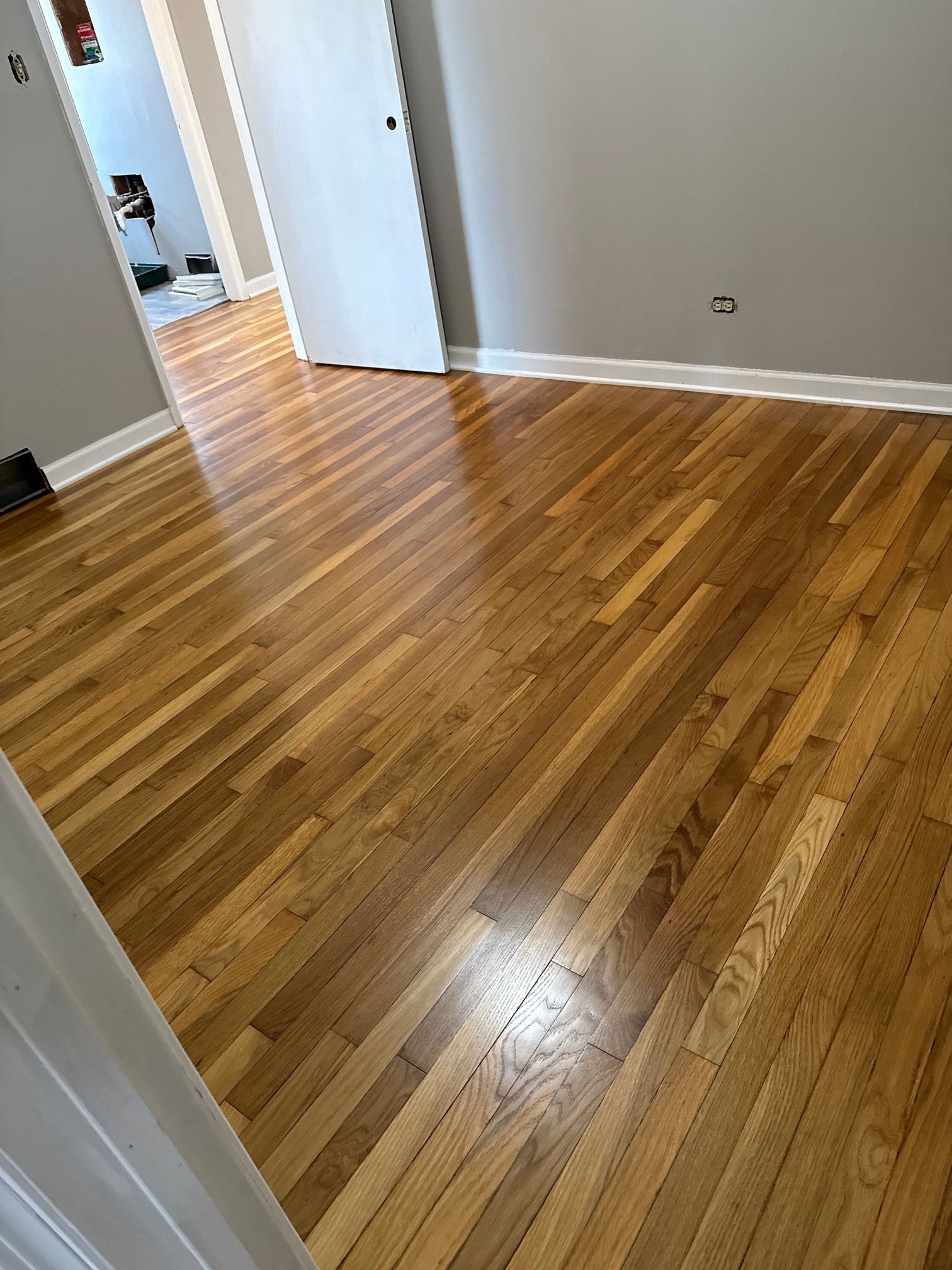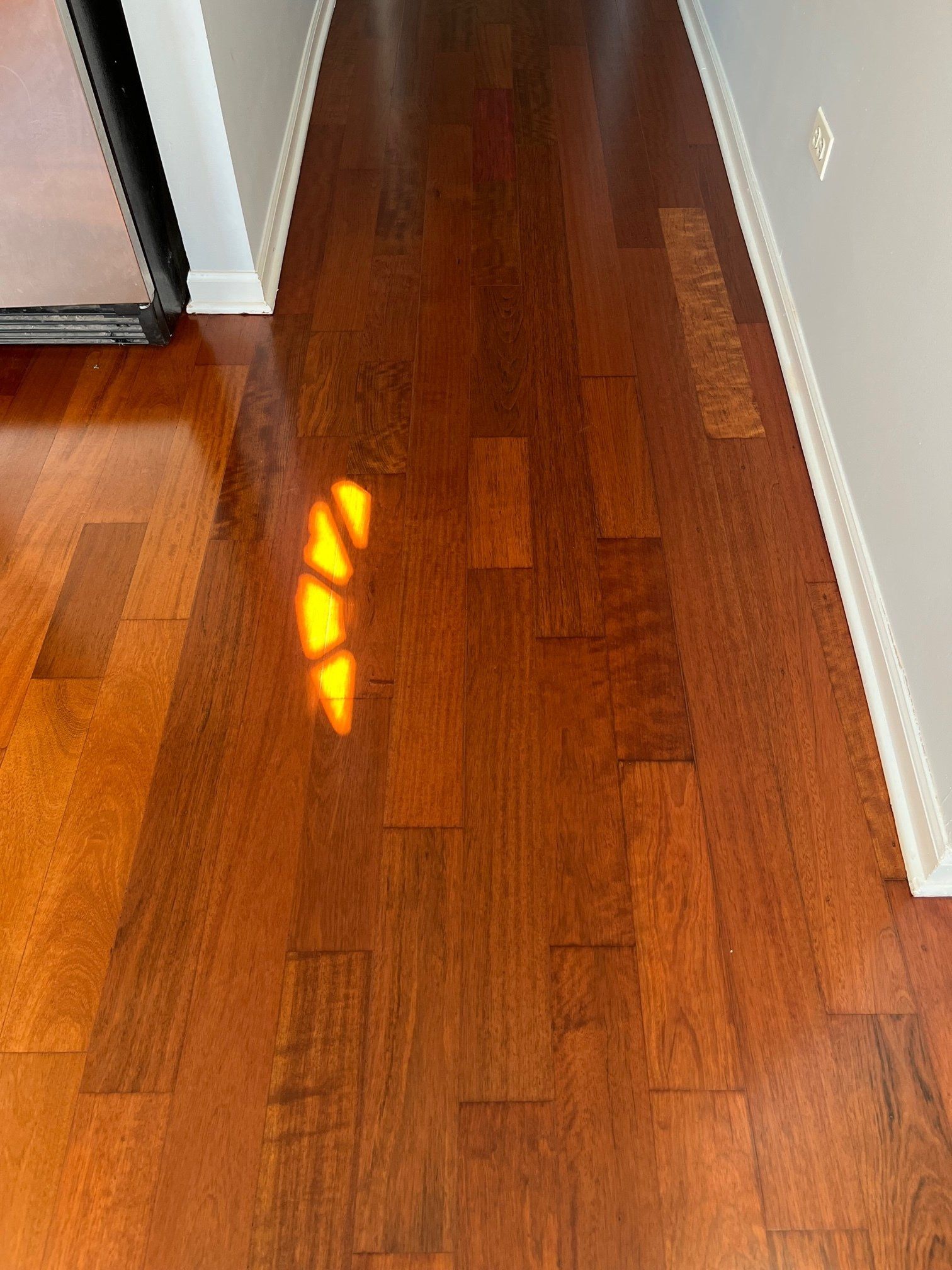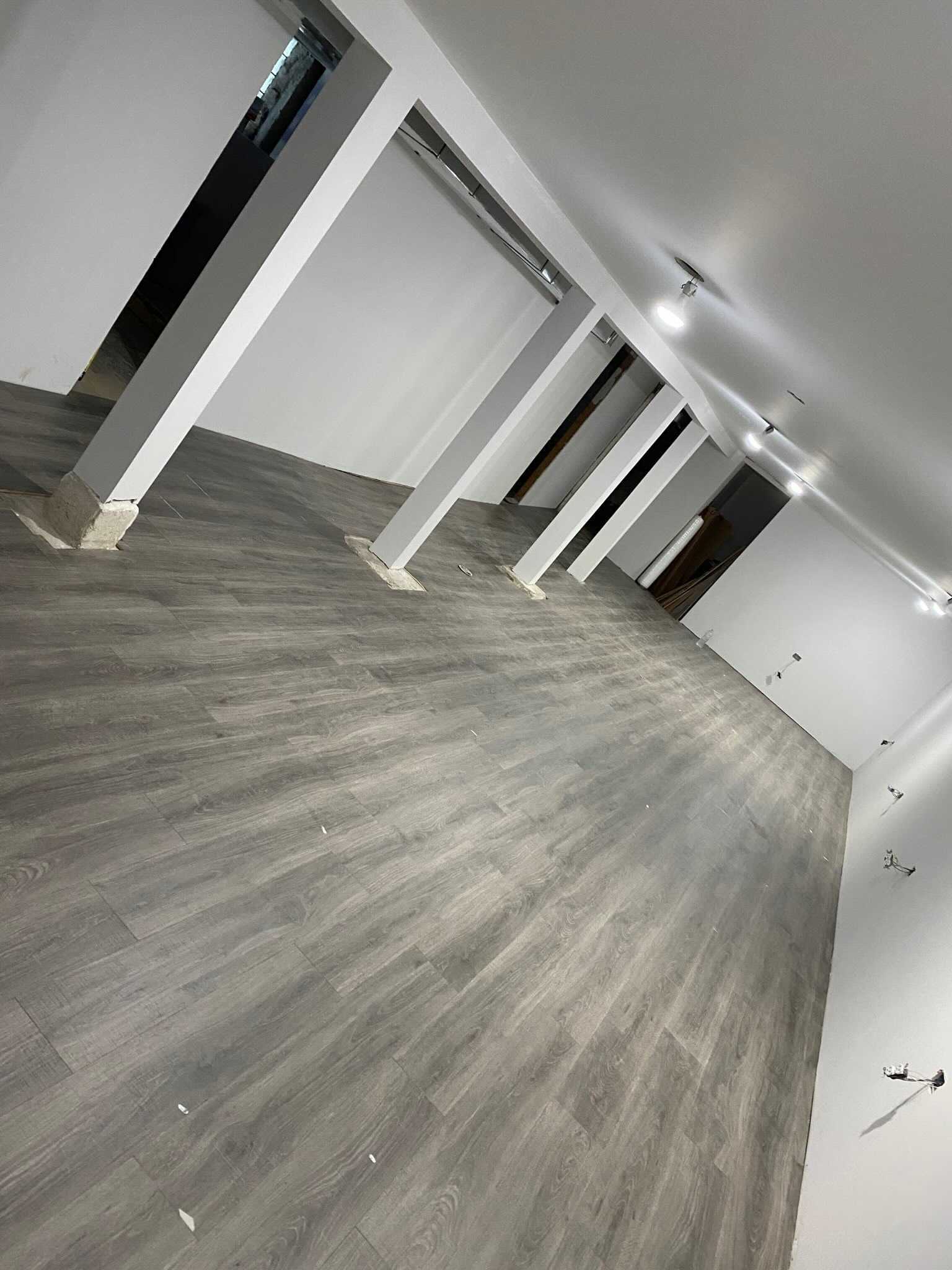Common Mistakes to Avoid During Hardwood Floor Installation
Hardwood floors enhance the beauty of any space while adding long-term value. Proper installation is vital to achieve a flawless finish. Mistakes during the process can lead to uneven surfaces, damage, or costly repairs. Many people unknowingly skip crucial steps, which can compromise the durability of the flooring. Attention to detail is critical when handling hardwood installation. Taking the right approach saves time and effort. Let's explore the common mistakes and how to avoid them effectively.
1. Skipping Moisture Testing
Moisture affects how wood performs over time. Subfloors and hardwood planks often contain varying levels of moisture. Installing wood without checking moisture content increases the risk of warping or buckling. Use a moisture meter to measure levels accurately before starting. Allow the material to adjust to its environment to reduce potential problems later. Proper preparation avoids costly damage.
2. Ignoring Subfloor Preparation
A clean subfloor provides the foundation for smooth hardwood flooring. Dirt or uneven surfaces can cause alignment problems or squeaks. Remove all debris before proceeding. Fill low spots or sand high areas to achieve a flat surface. Skipping this step leads to gaps and other noticeable issues after installation. A thorough cleaning process sets the stage for success.
3. Not Allowing Wood to Acclimate
Hardwood reacts to temperature and humidity. Installing wood immediately after delivery causes planks to expand or contract unpredictably. Leave the material in the room for a few days to stabilize. Letting it adapt helps prevent cracks or gaps from forming later. This simple step protects against avoidable problems down the line.
4. Using Wrong Fasteners
Incorrect nails or screws often result in cracks or loose boards. Choose the correct size and type for the specific wood being used. Follow manufacturer guidelines to avoid damage or instability. Proper fasteners maintain the integrity of the flooring and keep everything secure for years to come. Always double-check compatibility before proceeding.
5. Overlooking Expansion Gaps
Wood requires space to expand and contract naturally. Installing it tightly against walls or other edges causes lifting or buckling when conditions change. Leave small gaps at the room's perimeter to accommodate movement. Cover these spaces with trim for a polished look. Forgetting this step can lead to costly repairs and unnecessary frustration.
6. Rushing Through Material Selection
Quality materials form the foundation of durable floors. Cheap options may look appealing initially but lack the durability needed for long-term use. Investing in premium hardwood minimizes maintenance and repair costs over time. Take the time to research and choose materials that suit both your space and needs.
7. Ignoring Final Checks
After installation, small details often get overlooked. Walk on the flooring to check for loose boards or uneven areas. Address any problems immediately to prevent long-term damage. A final inspection helps identify minor issues before they become major concerns. Don't rush to finish without reviewing every part of the installation.
8. Not Hiring Professionals for Complex Installations
DIY projects can save money, but installing hardwood floors requires skill and experience. Attempting complex installations without proper knowledge often leads to mistakes. If you are unsure about handling the process, hire experts for the job. Professionals ensure the work is done correctly and the floors last longer.
Avoid these mistakes for beautiful, long-lasting hardwood floors. Thoughtful planning and proper preparation create results that stand the test of time. Pay attention to every detail, follow best practices, and prioritize quality materials for a flawless finish. Handle the process with care to achieve the best results possible.
You might also like

Book a Service Today
We will get back to you as soon as possible
Please try again later
Areas We Serve
The region's leading professional with over 10 years experience.
Navigation
Working Hours
Mon - Fri 7.00 am - 7.00 pm
Saturday 7.00 am - 2.00 pm
Sunday On Call


